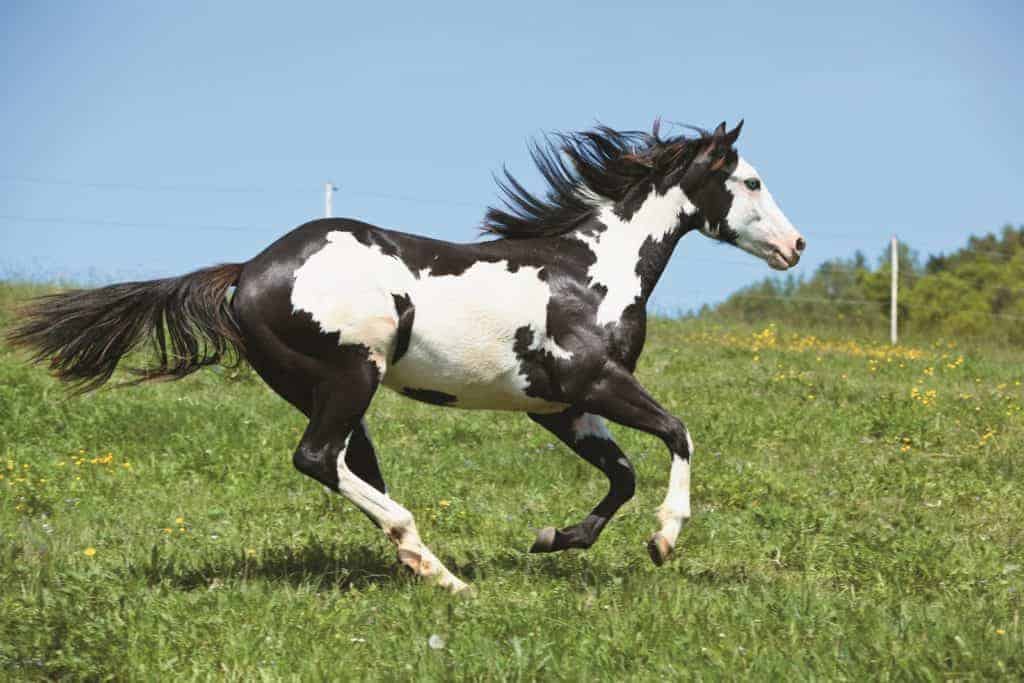
Words from a First- and Last-Time Breeder
Whether breeding is your business, hobby, or neither, continue asking yourself why you’re breeding your mare and what you hope to get out of it.

Whether breeding is your business, hobby, or neither, continue asking yourself why you’re breeding your mare and what you hope to get out of it.

Researchers recently evaluated multiple ovulations and how vets can detect them and, thus, prevent twin pregnancies.

A rupture to this hind leg muscle can be fatal. Here’s what to watch for in young foals.

Find out what to expect as your mare goes into labor and during your foal’s first hours of life.

Dr. Nancy Diehl offers advice on keeping stallions happy and safe during routine handling and breeding.

The technology behind equine embryo transfers means exciting assisted reproduction options are on the horizon.

Dr. Nancy Diehl addresses common behavior differences between mares and geldings and their causes.

Researchers identified specific genes that distinguish racing-type Quarter Horses from cutting-type Quarter Horses.

By knowing what conditions certain horses are predisposed to, owners and breeders can take preventive steps.

From physical restraint to pharmaceutical intervention, learn how veterinarians manage this uncommon phenomenon.

Ernie Bailey, PhD, believes consumer genetics companies could be valuable to the horse industry. Here’s why.

Studies covered biofilms, chilled and frozen semen, endometritis, placentitis, oxidative stress and fertility, and more.
Researchers from Kentucky and Denmark received a three-year, $155,000 grant from the Morris Animal Foundation.

One researcher explains why he believes a central repository is needed for equine gene expression information.

Of the 535 respondents, 401 (75%) said they do not plan to breed a mare in 2015.

Male horses require routine sheath cleaning to prevent pain, discomfort, or even infection.
Stay on top of the most recent Horse Health news with
Notifications